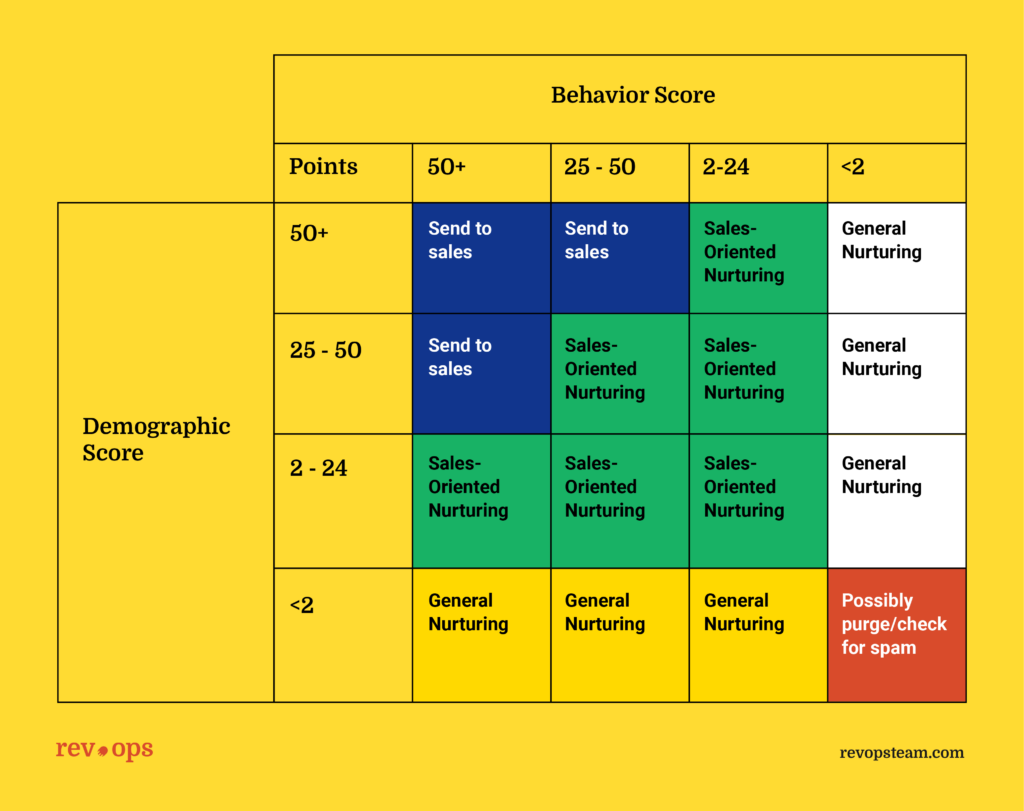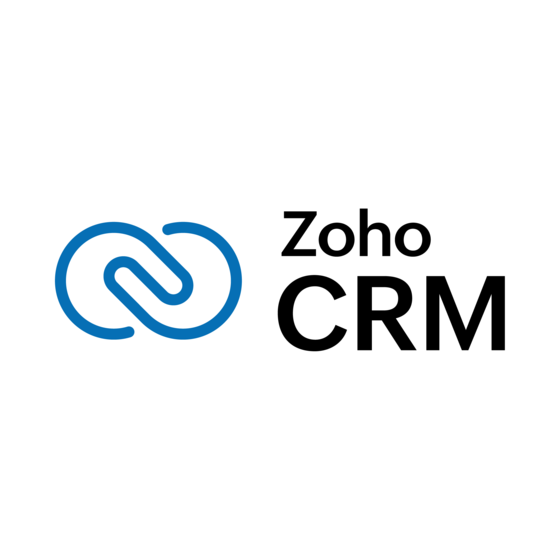Crack the Code of Lead Scoring: Lead scoring categorizes prospects by evaluating their potential to convert, streamlining sales efforts and focusing on the most promising leads.
Automate Your Lead Management: Integrating lead scoring within your CRM automates the sorting process, saving time and enhancing the efficiency of your sales team.
Nurturing is Key for Some Leads: Understanding that not every lead is ready to buy encourages businesses to invest in nurturing relationships for long-term conversion.
Boost Sales with Smart Strategies: Prioritizing high-scoring leads allows for focused strategies that can significantly enhance conversion rates and improve sales outcomes.
Not all leads are created equal. Some are ready to talk to sales, while others need nurturing, and some may never convert. Lead scoring helps you figure out which is which—and lead scoring in a CRM can automate the process.
What is Lead Scoring in CRM?
Lead scoring is simply a way to rank leads based on their likelihood of becoming customers.
It’s done by assigning points to different actions or traits—like visiting your website’s pricing page, filling out a demo request, or even being from a company of a certain size. The higher the score, the more likely the lead is to convert.
When you integrate lead scoring into a CRM, it’s automated and updated in real-time. The goal? Make sure the right leads are getting the right level of attention from your sales team.
Why Lead Management Often Falls Apart
Without software, managing leads can get messy fast. Here are some of the most common challenges teams face:
1. Chasing Unqualified Leads
It’s easy to waste time on leads that will never buy. Sales teams can get distracted by leads who engage but don’t fit the ideal profile. Without a clear scoring system, it’s hard to tell who’s worth the time.
2. Missing Out on High-Priority Leads
When sales teams are juggling too many leads, it’s easy for high-value ones to slip through the cracks. These are the leads that are interested and ready to talk, but if no one follows up quickly, they move on to a competitor. Speed to lead is key.
3. Misalignment Between Sales and Marketing
Sometimes marketing sends over leads they think are hot, but sales disagrees. Other times, sales overlooks promising leads because they don’t realize how engaged they are.
Best Practices for Setting Up Lead Scoring in Your CRM
If you want to get lead scoring right, it’s important to approach it with a plan. Here’s how to do it:
1. Decide What You’ll Score
Start by identifying the key behaviors or traits that signal a lead is worth pursuing. These might include:
- Demographics: Job title, industry, company size.
- Behavior: Website visits, email opens, content downloads, demo requests.
- Engagement: How often they interact with your brand, whether that’s through emails, webinars, or phone calls.
- Fit: Does the lead match your ideal customer profile (ICP)?
These factors will help you build a scoring system that works for your business.
2. Weight Your Scores Based on What’s Important
A lead requesting a demo might be more valuable to your business than one who downloads an eBook. Likewise, someone who fits your ICP is probably more important than someone who doesn’t.

Work with both your sales and marketing teams to weigh actions differently. You can give more points to actions that signal intent to buy and fewer points to those that show early-stage interest. Keep these early-stage leads in your orbit through nurturing campaigns.
3. Keep Reviewing and Adjusting
Lead scoring isn’t a set-it-and-forget-it deal. As you gather more data, adjust the scoring model. If high-scoring actions aren’t leading to conversions, lower the score for those behaviors. Regularly reviewing the system makes sure it stays effective.
4. Align Sales and Marketing
Both teams need to be involved in setting up and adjusting the scoring system. Sales knows which leads are actually converting, while marketing has insights into what’s driving engagement. A strong collaboration makes lead scoring more effective.
5. Automate with a CRM
This is where your CRM or lead management software comes in. A good CRM will automate the scoring process, saving your teams from having to manually rank leads. It’ll also keep the scores updated based on real-time data, which means your sales team always has an up-to-date view of which leads to focus on.
You can flag the hot leads in your system using a color-coded method, emojis, or whatever you think will signal to your team that these people are ready to buy.

Which CRMs Are Best for Lead Scoring?
There’s no shortage of CRMs out there (more than 700 according to G2), but not all of them have robust lead-scoring features. Here are a few that do:
1. HubSpot CRM
From $45/user/month
14-day free trial + free plan available
What it does: HubSpot offers customizable lead scoring based on both demographic and behavioral data. It also has templates to make setup easier, and you can integrate it with your other marketing and sales tools.
Best for: Small to medium-sized businesses that need a full-featured CRM with strong marketing automation.
2. Salesforce CRM
From $25/user/month (billed annually)
14-day free trial
What it does: Salesforce’s lead scoring is powered by Einstein AI, which analyzes your data and helps predict which leads are most likely to convert.
Best for: Large enterprises that need highly customizable CRM solutions and have the resources to invest in AI-driven insights.
3. Zoho CRM
From $14/user/month (billed annually)
15-day free trial
What it does: Zoho CRM tracks multi-channel engagement and lets you set up custom scoring rules. You can also get real-time notifications for high-priority leads.
Best for: Small to mid-sized businesses that want a flexible CRM at an affordable price.
4. Pipedrive CRM
From $12/user/month (billed annually)
14-day free trial
What it does: Pipedrive offers a simpler, user-friendly lead scoring system, making it a good choice for small teams or startups. It’s less customizable but easier to get up and running.
Best for: Startups or smaller sales teams that need something simple and intuitive.
Why Lead Scoring is Worth Your Time
If you’re still on the fence about scoring, here’s my last-ditch effort to prove why lead management is worth it:
- Improved Efficiency: When your sales team knows exactly which leads to focus on, they spend less time chasing dead ends and more time closing deals.
- Better Lead Nurturing: Not all leads are ready to buy right away, but lead scoring helps you identify which ones need more nurturing. This means you can tailor your approach and move leads through the funnel at their own pace.
- Aligned Sales and Marketing: Lead scoring provides a common language between sales and marketing, making it easier for the teams to work together and stay aligned on which leads to prioritize.
- Higher ROI: When you focus on high-quality leads, you make better use of your time and resources, which ultimately leads to a better return on investment.
CRMs Simplify Lead Scoring
Lead scoring isn’t just a buzzword—it’s a practical way to make sure your sales and marketing teams are spending their time on the leads that are most likely to convert.
With the right setup and the right CRM, it becomes much easier to manage leads, improve your sales process, and see a better return on your marketing efforts.
If your business isn’t already using lead scoring, now’s the time to start. Explore the CRM options mentioned here and find the one that fits your team’s needs. The sooner you implement lead scoring, the sooner you’ll start seeing results.
Need help finding your perfect CRM?
We’ve got you. Fill out this form to be connected with an advisor who can narrow down your options.






